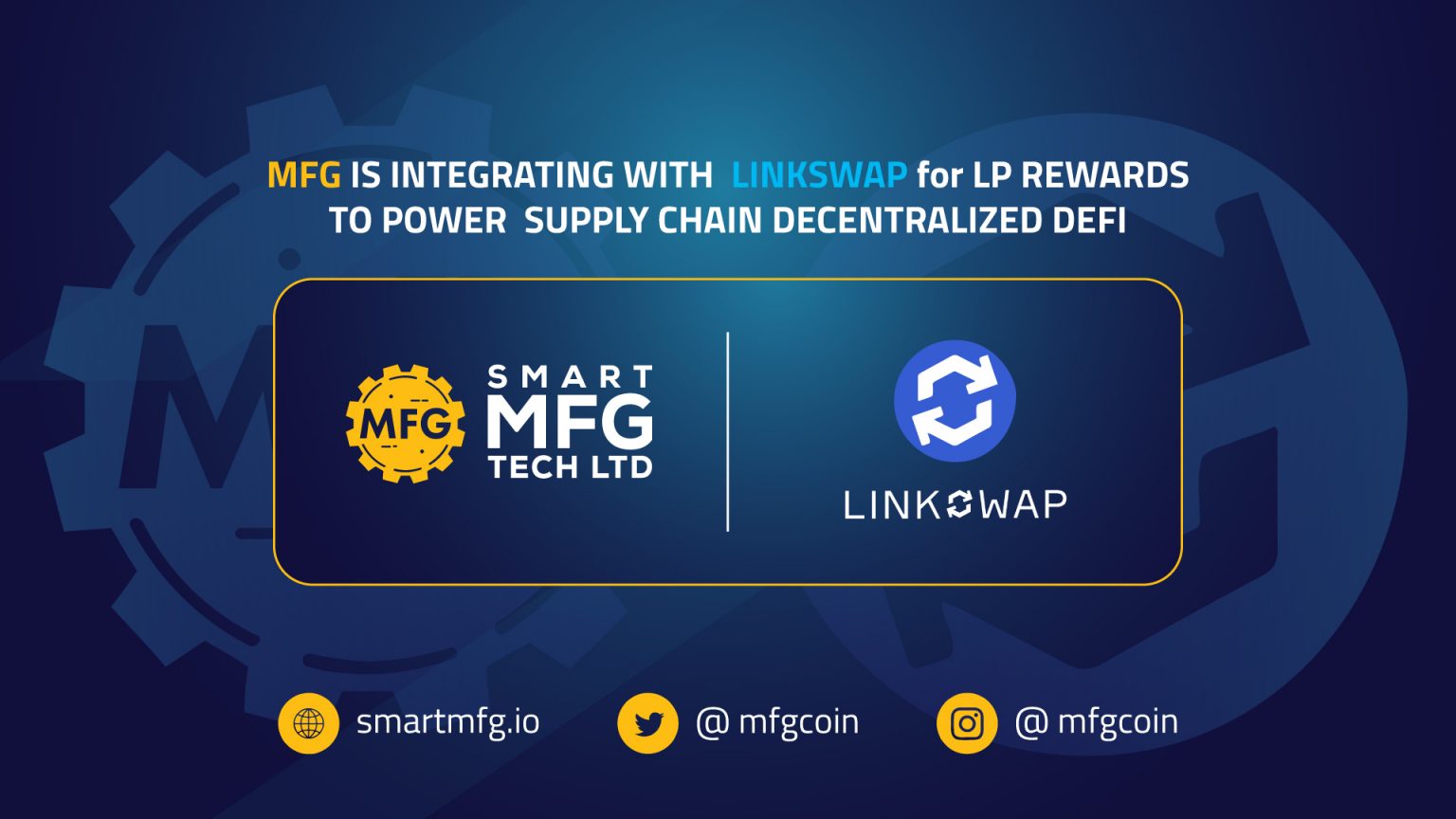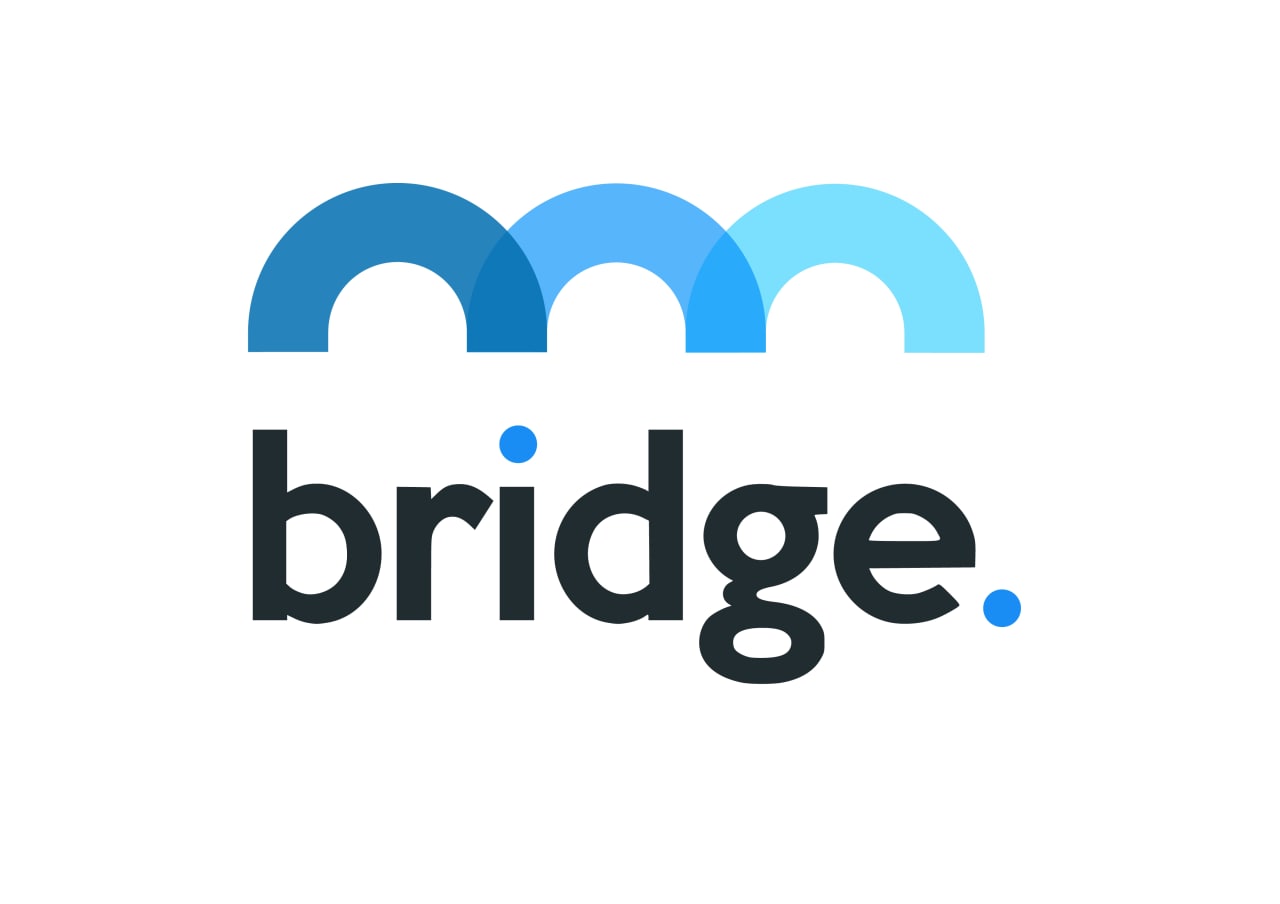Currency Market
Verge vs. Stellar: Partnerships will decide everything for cryptocoins in 2018

After the crypto-coin market plunged recently it was expected to bounce back, but this market rally has not become a reality yet, and Ethereum remains under $700 while Bitcoin is under $10k. That’s been below expectations even if many other cryptocurrencies have been going consistently up.
Among this chaos, there have been two cryptocurrencies that have been showing a lot of promise, especially after April 17th: Verge (XVG) and Stellar Lumen’s XLM (XLM). It was on that day when XLM began to rise in value slowly but steadily, and it’s now among the top ten coins (it’s bigger than Litecoin now, which is no small feat.)
XVG’s fortunes have not been as good, as it seems to be declining. It dropped forty percent in value in just two days while most other altcoins were growing.
Stellar (XLM) vs. Verge (XVG): It will be all about partnerships
Global adoption is the name of the game for all cryptocurrencies and both Verge and Stellar are among the ones that have recently taken steps to achieve that goal.
XVG’s features are spectacular. It guarantees privacy in a way that mainstream users can take advantage of it but also users who just want to remain private. Their primary partner so far is Mindgeek, the company who owns Pornhub and Brazzers. This association with the world of adult entertainment has caused the partnership to be misunderstood. But that deal means access to 100 million potential users (that those sites have), which means XVG can only grow.
Then there’s their deal with Token Pay, which could put XVG over the top ten. While the official announcement is at least a week away, this would put XVG within reach of any debit card user. If it actually works out that way your local bank could soon be offering XVG to you.
Stellar has scored some interesting deals as well. You could argue that Stellar’s are actually strategically better choices that will give them a bigger market very quickly. A deal with MobileCoin recently boosted Stellar’s value, and then with another one with Pundi X, which would give them unprecedented access for a cryptocurrency to many markets in Asia and Oceania.
But those two deals, impressive as they are, pale in comparison with IBM. The technology giant has been a global player for decades already. For them to adopt Stellar’s coin could be enough to take the currency to the world’s top three. And Stellar’s platform has already shown it is beneficial for international financial transactions.
If IBM does its part in the South Pacific regions as it’s done elsewhere, then you will see XLM surge as its demand grows dramatically. It could even overtake Ripple as the cryptocurrency of choice for international transactions.
Verge vs. Stellar current value
Coinmarketcap.com currently ranks Verge’s XVG in 23rd place with a 1.23 billion capitalization. Its price recently dropped dramatically, but it’s recovering. As of May 1st, it was trading at USD 0.082 with a $367 million in volume.
As I write this, it’s increased by 26% (in last seven days), and it’s going back to the top 20. Because of recent good news, this altcoin is expected to keep going up steadily over the short-term. Long-term, it will depend on how partnerships work.
Stellar’s XLM has been performing well recently as well. It’s worth $8.2 billion right now, which means it’s almost a billion dollars ahead of Litecoin. Valued at $0.44, it still has some way to go before it reaches the $1 target they have for the current quarter. The trade volume is much smaller than XVG’s ($125 million), but its value increased over the last week has been in the double digits (14.15%).
Both coins are doing well, but their long-term performance will depend on the job their partners do to make each coin become a global standard. That will also determine which one reaches the $1 price mark first.
For the latest cryptocurrency news, join our Telegram!
Disclaimer: This article should not be taken as, and is not intended to provide, investment advice. Global Coin Report and/or its affiliates, employees, writers, and subcontractors are cryptocurrency investors and from time to time may or may not have holdings in some of the coins or tokens they cover. Please conduct your own thorough research before investing in any cryptocurrency and read our full disclaimer.
Image courtesy of Pexels.com
Currency Market
Smart MFG Tech Announces its First Liquidity Mining Rewards Program on LINKSWAP

Manufacturing Industry 4.0 company Smart MFG Tech has announced that it is launching its MFG Liquidity Mining Rewards on LINKSWAP today. LINKSWAP is a decentralized, community-governed Decentralized Exchange (DEX) and an AMM platform, which was created by YF Link (YFL). The team at YF Link says it aims to address “the pain points of second-generation AMMs” by offering such features as Reduced Impermanent Loss, RugLock, SlipLock that are not offered by other platforms.
Smart MFG Tech has said that the first integration of the MFG liquidity mining rewards will use the LINKSWAP LP (Liquidity Provider) Rewards service. It will allow LPs to deposit their LP token(s) (UNI-V2) to the participating rewards pool (ETH|MFG) and earn MFG rewards seamlessly. Smart MFG said it will continue to work with the YF Link team to provide support for other pairs and expand services.
LINKSWAP’s Rewards is a liquidity mining service that enables LPs to earn rewards for providing liquidity in a participating pool. YF Link has implemented a custom frontend solution for Smart MFG LP rewards pool on LINKSWAP. This will allow LPs to add liquidity to Smart MFG’s existing ETH|MFG pool on UniSwap v2 and deposit their LP token(s) (UNI-V2) to their LINKSWAP rewards pool (ETH|MFG).
Smart MFG explained how the rewards can be earned:
“LPs get a share of the transaction fees on Uniswap v2. This is calculated by how much liquidity is provided relative to the percentage…
Currency Market
Building Your Nest Egg Brick By Brick: Are Micro-Investments Here to Stay?

No matter what our goals are, sometimes just getting started can be the most difficult part of building our savings up. When it comes to investing, many of us are wary of parting with our money to generate more financial security in the future. But what if you can build significant savings without even noticing?
That’s the aim of the micro-investing apps that have come to dominate online stores across Android and iOS. Today, more fintech startups are working on delivering refined solutions that encourage minuscule investments at a more frequent rate.
Micro-Investing apps will look to make saving more accessible to young people – many of whom in the UK have little-to-no money tucked away for a rainy day.
However, the prevalence of money-saving technology and the disruptive chaos of the COVID-19 pandemic appears to have prompted a widespread increase in households saving more of their disposable income:
With micro-investing platforms playing a role in bringing UK household savings back up to five-year highs, is it fair to say that little-by-little investing is here to stay? Let’s take a look at how micro-investment platforms could revolutionise how we manage our finances:
What is Micro-Investing
Micro-investing, or sparse change investing, is a relatively new development in fintech. It effectively enables users to put away small amounts of money towards their long, or short, term goals. The idea…
Currency Market
Decentralized Insurance Platform Bridge Mutual to Launch BMI Token on Polkastarter

Bridge Mutual, a decentralized platform that allows users to insure stablecoins, has announced that its native BMI token will be launched on Polkastarter tomorrow, January 30. The Polkadot’s decentralized exchange will host an Initial DEX Offering (IDO) for Bridge Mutual.
“Even the most sophisticated digital asset investors are at risk of losing their funds through various malicious and negligent activities in the blockchain ecosystem. With Bridge Mutual, we believe it doesn’t have to be this way. Using Bridge, people can control the risk exposure of their digital asset investments, just as they do with real-world assets. The Bridge Mutual platform allows people to offer and purchase coverage in a decentralized p2p way. We’re excited kickstart the launch of the BMI ecosystem with a launch on Polkastarter and creating a better way of protecting digital assets for users all over the globe,” Bridge Mutual CEO Mike Miglio said in a statement.
Bridge Mutual allows users to buy and sell insurance for smart contracts, stablecoins and crypto exchanges, peer-to-peer. Users can purchase insurance via the Bridge Mutual app and then file a claim if their digital assets are lost after a hack. “When users lock stablecoins in Bridge Mutual’s coverage pools, those funds are reinvested into popular (and safe) yield generating platforms that return yields to coverage providers. When a claim is approved, stablecoins from the coverage pool goes…
-

 Blogs6 years ago
Blogs6 years agoBitcoin Cash (BCH) and Ripple (XRP) Headed to Expansion with Revolut
-

 Blogs6 years ago
Blogs6 years agoAnother Bank Joins Ripple! The first ever bank in Oman to be a part of RippleNet
-

 Blogs6 years ago
Blogs6 years agoStandard Chartered Plans on Extending the Use of Ripple (XRP) Network
-

 Blogs6 years ago
Blogs6 years agoElectroneum (ETN) New Mining App Set For Mass Adoption
-

 Don't Miss6 years ago
Don't Miss6 years agoRipple’s five new partnerships are mouthwatering
-

 Blogs6 years ago
Blogs6 years agoEthereum Classic (ETC) Is Aiming To Align With Ethereum (ETH)
-

 Blogs6 years ago
Blogs6 years agoCryptocurrency is paving new avenues for content creators to explore
-

 Blogs6 years ago
Blogs6 years agoLitecoin (LTC) Becomes Compatible with Blocknet while Getting Listed on Gemini Exchange















